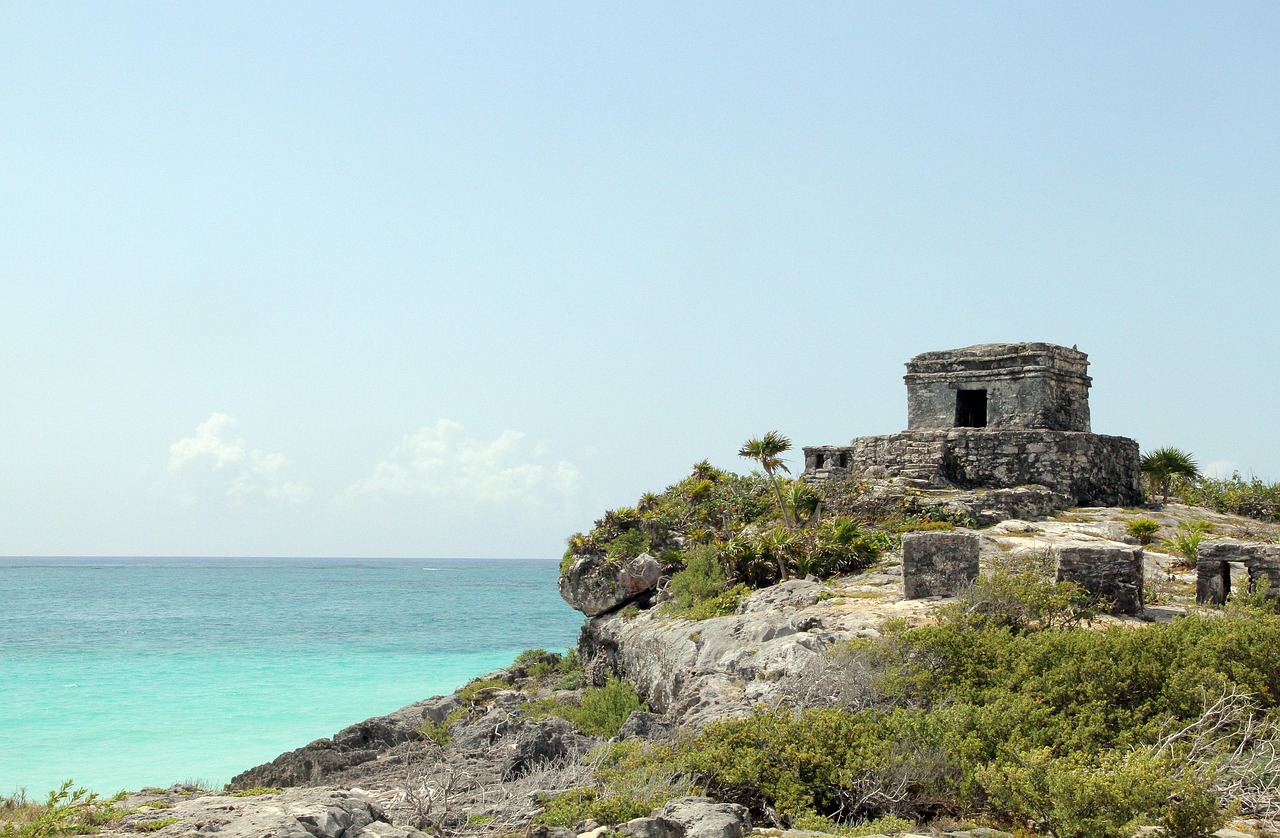Tulum’s Unique Ecosystem: A Haven for Jaguars and Other Wildlife
The Biodiversity of Tulum
Tulum, located along the Caribbean coast of Mexico, is renowned for its stunning beaches and ancient Mayan ruins. However, beneath its picturesque surface lies a unique ecosystem that supports a rich tapestry of biodiversity. The region is home to a variety of ecosystems, including mangroves, cenotes, coral reefs, and tropical forests, each playing a critical role in sustaining both terrestrial and marine life.
The Jaguar: A Keystone Species
At the heart of Tulum’s wildlife is the elusive jaguar (Panthera onca), recognized as a keystone species due to its significant impact on its ecosystem. Jaguars are the largest cats in the Americas and serve as top predators, regulating populations of herbivores such as deer and peccaries. By controlling these populations, jaguars help maintain the balance within their habitat, promoting a diverse set of flora and fauna.
Jaguars are primarily nocturnal and solitary, making them difficult to spot in the wild. However, Tulum manages to provide suitable habitats for these magnificent creatures due to its varied landscapes, featuring dense jungles, riverine systems, and open savannahs. Conservation efforts have prioritized jaguar protection, fostering a sustainable environment in which they can thrive alongside other species.
The Role of Mangroves in Biodiversity
Tulum’s coastal mangroves play a pivotal role in the region’s ecological health. These wetlands act as nurseries for numerous fish species, birds, and crustaceans, facilitating a thriving ecosystem. Mangroves help stabilize shorelines, provide habitat for diverse fauna, and filter pollutants, thus contributing to the overall cleanliness of Tulum’s waters.
Numerous bird species, such as the roseate spoonbill and the heron, are commonly seen in these mangroves. The intricate root systems of mangrove trees provide shelter to alligators and juvenile fish, showcasing their critical role in the life cycle of several marine species. The conservation of these mangroves is crucial, especially with increasing environmental threats such as coastal development and climate change.
Cenotes: Freshwater Ecosystems
Unique to the Yucatán Peninsula, cenotes are natural sinkholes that expose groundwater and create stunning freshwater ecosystems. Tulum’s cenotes are not just beautiful; they are essential habitats for numerous species. The water clarity and constant temperature provide ideal conditions for aquatic life. Fish like the cichlid and various species of crustaceans thrive in these waters, attracting birds and other wildlife that rely on them for food.
Cenotes also have cultural significance, having been used by the ancient Maya for ritualistic purposes and as a vital water source. Today, they serve as popular ecotourism sites, allowing visitors to swim and explore while promoting the importance of conserving these sensitive environments.
Coral Reefs: Marine Biodiversity Hotspots
Tulum’s proximity to the Mesoamerican Barrier Reef, the second-largest coral reef system in the world, offers abundant marine life and unique ecosystems. Home to hundreds of species of fish, mollusks, and invertebrates, the coral reefs are vital for biodiversity and are key players in maintaining healthy ocean ecosystems.
The vibrant coral formations provide habitat and breeding grounds for various marine species, including sea turtles, rays, and even nurse sharks. Divers and snorkelers flock to explore this underwater paradise, raising awareness of the ecological importance of coral reefs and the threats they face due to climate change, pollution, and overfishing.
Flora of Tulum
The vegetation in Tulum is as varied as its wildlife, supporting numerous plant species well adapted to the tropical climate. The region features tropical rainforests filled with towering mahogany trees, ceiba, and countless other species. These forests provide crucial habitats for various fauna, including howler monkeys, coatis, and numerous bird species.
Many plants in Tulum’s ecosystem have medicinal uses, showcasing the relationship between local flora and cultural practices. The Maya used various plants for healing and ritualistic purposes, emphasizing the need for conservation of these natural resources.
Conservation Challenges
Despite its rich biodiversity, Tulum faces numerous environmental challenges. Rapid tourism growth poses a threat to its delicate ecosystems. Coastal development often leads to habitat destruction and increases pollution in surrounding waters. Additionally, climate change is altering weather patterns, affecting species migration patterns and coral bleaching.
Efforts are underway to protect Tulum’s unique ecosystems through sustainable tourism practices, wildlife reserves, and community education. Local organizations and governmental bodies collaborate to implement conservation strategies that prioritize ecological health and the sustainable development of the region.
Ecotourism: A Sustainable Future
Ecotourism in Tulum is gaining momentum, offering visitors the opportunity to experience nature while promoting conservation. Activities such as guided wildlife tours, cenote swimming, and snorkeling trips are designed to educate tourists about Tulum’s unique ecosystems and the importance of protecting them.
Tourism operators are increasingly adopting sustainable practices to minimize their environmental impact. These efforts not only support local economies but also encourage a greater appreciation for the region’s ecological treasures.
The Importance of Community Involvement
Community involvement is essential for conservation success in Tulum. Local residents are encouraged to participate in conservation efforts through educational programs and volunteering opportunities. Engaging the community helps foster a sense of stewardship for the environment and ensures the protection of Tulum’s unique wildlife and ecosystems for future generations.
Collaboration between local communities, government bodies, and non-profit organizations is vital to establish effective conservation policies, improve resource management, and promote sustainable practices. Empowering local residents to manage their natural resources leads to better protection of biodiversity and enhances community resilience against environmental changes.
Tulum’s diverse ecosystems, from its rainforests to coral reefs and cenotes, serve as a haven for wildlife, including the majestic jaguar. Protecting these habitats is essential for maintaining the area’s ecological balance, ensuring future generations can enjoy and appreciate the rich biodiversity that Tulum overwhelmingly offers.







